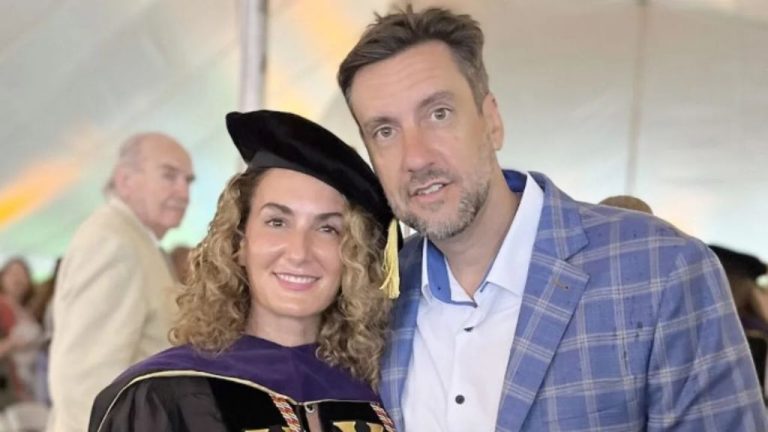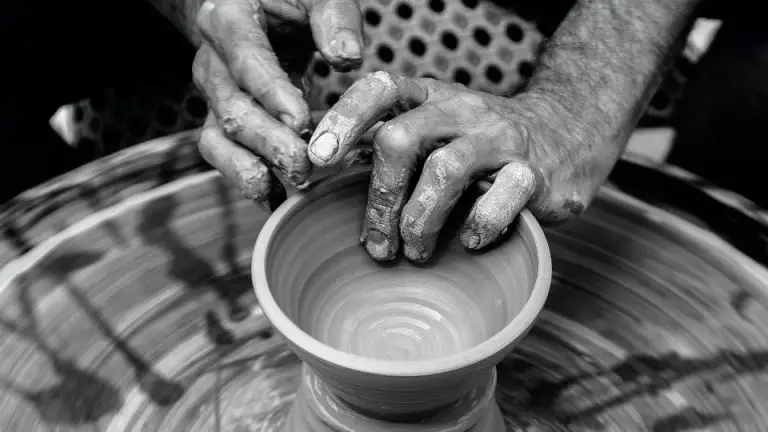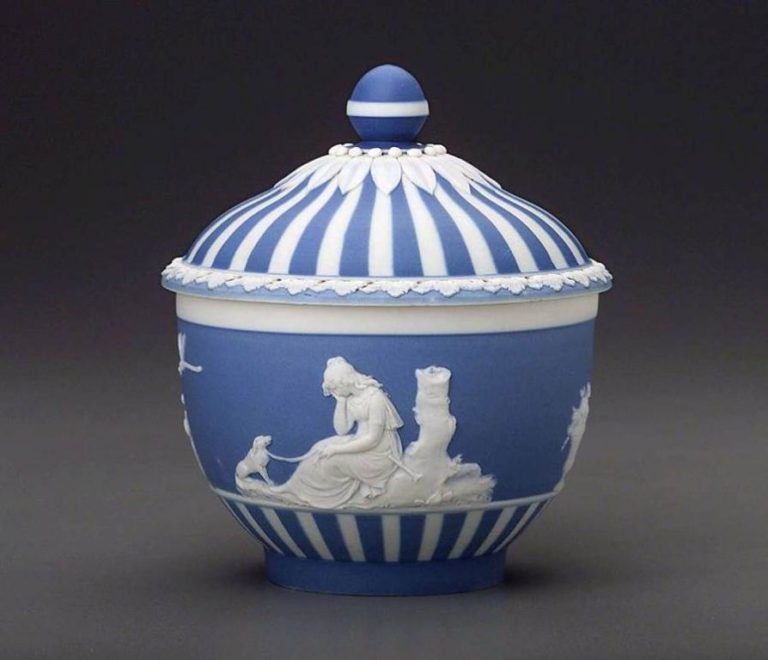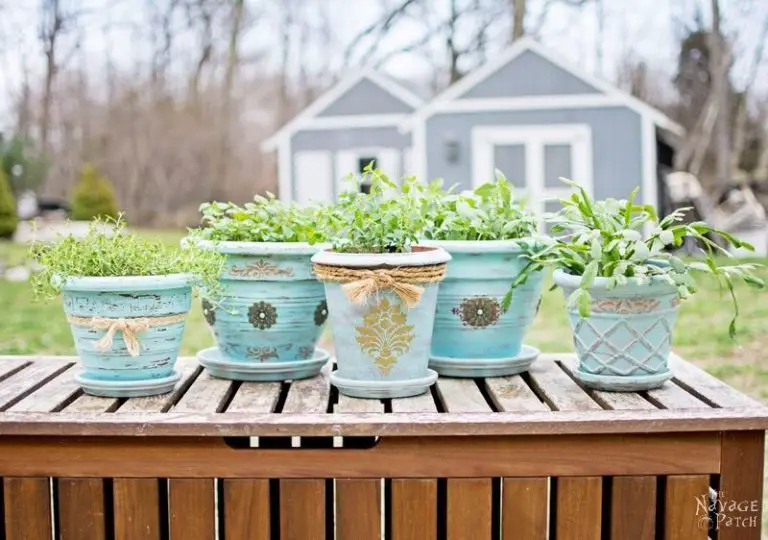What Did Maria Martinez Do To The Art World?
Maria Martinez was a Native American artist and potter from the San Ildefonso Pueblo in New Mexico. She lived from 1887 to 1980 and is considered one of the most influential Pueblo potters of the 20th century. Martinez helped revive ancient Pueblo pottery techniques and styles, which had been in decline. Through her work, she gained international recognition and preserved Pueblo cultural traditions and artforms for future generations.
Before Martinez, Native pottery was seen as utilitarian folk art. But Martinez elevated it into fine art appreciated for its artistic merit. She mastered the difficult traditional techniques of blackware and polychrome pottery and innovated her own unique styles. Martinez’s pottery combined classic Pueblo motifs and forms with a modern sensibility. This revitalization of Pueblo pottery by Martinez had a significant impact on Native American art and culture.
Early Life and Influences
Maria Poveka Montoya Martinez was born in San Ildefonso Pueblo in New Mexico in 1887. As a young girl, Martinez learned pottery making from her aunt, Nicolasa Montoya, who was known for making thin-walled pottery. Martinez started making pottery herself around the age of 12 or 13. She gained a reputation for her excellent pottery skills and the fine clay vessels she produced.
From a young age, Martinez was surrounded by a long-standing Pueblo pottery tradition. The women in her family and community taught her the ancient pottery practices of the San Ildefonso people. Martinez embraced these Pueblo techniques and influences, while also later innovating upon tradition.
Developing a Unique Style
Maria Martinez began experimenting with making black-on-black pottery in the 1910s, reviving an ancient technique from the Pueblo Indians that involved polishing the clay to a dark, glossy finish before firing [1]. She and her husband Julian worked together to recreate the style they found at archaeological sites, using different clay samples and firing methods [2]. Through years of practice, Maria perfected her own approach to the traditional blackware technique.
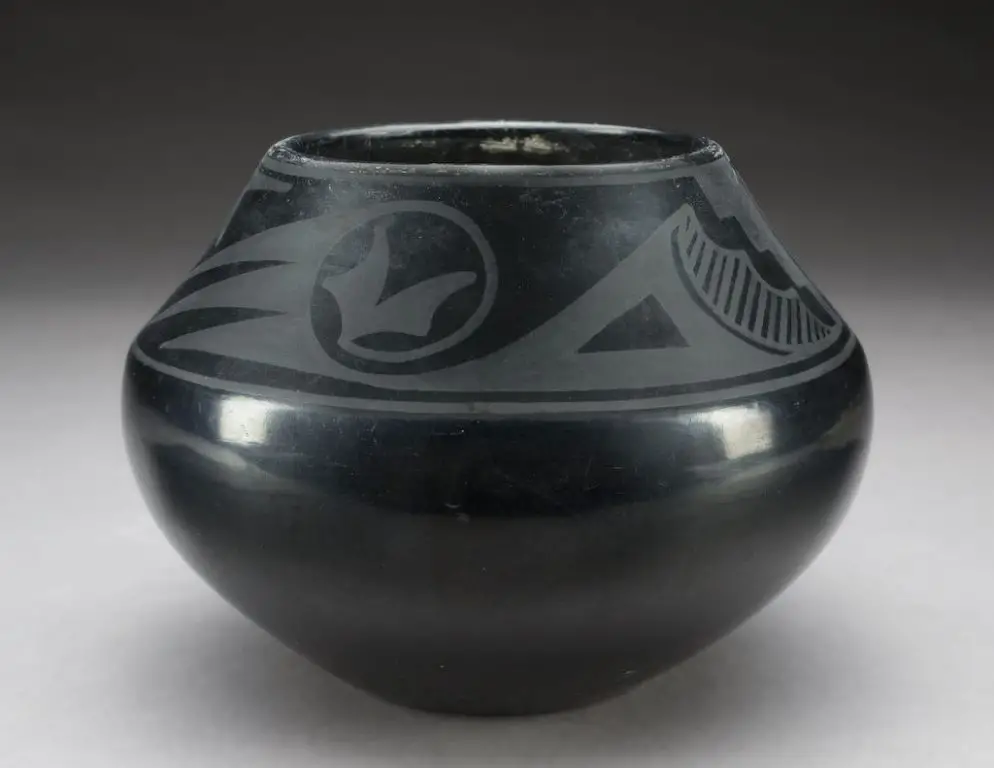
While initially sticking to traditional Native American shapes like ollas and wedding vases, Maria started innovating and creating more contemporary, angular forms in the 1920s and 30s [3]. Her artistry took the traditional medium in new directions, melding modern sensibilities with cultural roots.
Revitalizing Pueblo Pottery
Maria Martinez played a pivotal role in revitalizing the Pueblo pottery tradition in the early 20th century. After centuries of colonization, many of the Indigenous art forms of the American Southwest were in danger of being lost. Martinez learned the art of pottery making from her aunt Nicolasa “YuYo” Montoya Chavez and was inspired to keep the traditions alive (https://www.incollect.com/articles/the-art-life-and-legacy-of-maria-martinez). She helped spark a revival of interest in Native pottery both within her own San Ildefonso Pueblo community and in the broader art world. Martinez experimented with techniques and materials to innovate within the Pueblo tradition. In particular, she developed a distinctive black-on-black pottery style that became highly sought after. Her artistry demonstrated that Pueblo pottery could be both traditional and modern. Martinez inspired many other Native American artists to continue and build upon ancestral pottery techniques.
Martinez’s pottery contributed to a sense of cultural pride within the Pueblo community. She earned the title of “potter of the Pueblos” for bringing Native artistry to prominence. Her success helped motivate other Pueblo artists to revive pottery and other art forms that had been suppressed under Spanish and American rule. Martinez demonstrated that Indigenous arts had value both economically and culturally. Her influence sparked a 20th century renaissance of Pueblo pottery that continues today (https://www.museums.iastate.edu/virtual/blog/2020/03/17/learn-about-the-black-ware-pottery-by-maria-martinez).
Artistic Process
Maria Martinez was known for the black pottery and polished red and black wares she created using traditional Pueblo techniques. She gathered clay and water from sources near her home in the San Ildefonso Pueblo to create her pottery. Martinez used the traditional Native American coil method, rolling long snake-like coils of clay into a spiral to build up the vessel walls. She would then scrape and smooth the coils using a gourd scraper (https://nmwa.org/art/artists/maria-martinez/).
To achieve the signature black color, Martinez would fire her unfinished pottery outside using manure as fuel. This would turn the clay black but leave it porous. She would then apply a clay slip that contained iron oxides, firing the pottery again to turn it glossy black. Martinez used stone polishing tools to burnish and polish the surface to a shiny finish (https://mariamartinez.home.blog/process/).
Martinez’s pottery reflected the Native American traditions she learned from her aunt, but she also innovated by creating thinner walls and incorporating polished finishes. Her art expressed the Pueblo’s deep connection to the land and traditions.
Commercial Success
Maria Martinez found commercial success early on as an artist. She began selling her pottery in 1915 through a trader named Juan Lorenzo Hubbell[1]. Her works were showcased at the Panama-California Exposition in San Diego in 1915 and 1917, bringing her craft national attention and acclaim[1].
Over the decades, Maria’s pottery was collected by major museums and institutions around the world. These include the Smithsonian Institution, the National Museum of the American Indian, and the New York Museum of Modern Art[1]. She helped revitalize the art of Pueblo pottery and make it commercially successful on a large scale.
Passing on Traditions
Maria Martinez dedicated herself to passing on the Pueblo traditions of pottery making to younger generations. She taught and collaborated extensively with various family members, including her husband Julian, son Popovi Da, and grandsons Tony Da, Adam Martinez, and many others. Maria took special care to teach the techniques that made her pottery unique, including the famous blackware style that revived the lost Pueblo artform. Her goal was not just commercial success but preserving the cultural heritage of her people. As Susan Peterson wrote, “Maria Martínez has been instrumental in the revival of pottery making at San Ildefonso. She has generously shared her techniques with others, helping assure that they will be passed on.” 1 Thanks to Maria’s mentoring and familial apprenticeships, Pueblo pottery traditions continue to thrive today.
Awards and Honors
Maria Martinez achieved many firsts and received numerous awards and honors throughout her long and impactful career. She was the first Native American to receive the National Heritage Fellowship from the National Endowment for the Arts, which she was awarded in 1982 (source). This prestigious honor recognizes folk and traditional artists who have made significant contributions to our nation’s traditional arts heritage.
In addition, Martinez received honorary doctorates from the University of New Mexico and Northern New Mexico College (source). She also won the Craftsman’s Fellowship Award from the National Endowment for the Arts and was one of the first artists featured in the original women’s art program established by the National Museum of Women in the Arts.
Martinez’s pottery was showcased at several World’s Fairs during her lifetime, including the 1933 Chicago World’s Fair where she demonstrated her craft. She was invited by Eleanor Roosevelt to participate in the 1940 New York World’s Fair. Her work was also exhibited at the Festival of American Folklife sponsored by the Smithsonian Institution.
These honors highlight Maria Martinez’s groundbreaking contributions as one of the most influential Native American artists. She helped bring the nearly-lost traditional art of Pueblo pottery back to prominence and transformed it with her innovative black-on-black painting technique.
Legacy
Maria Martinez inspired multiple generations of Native American artists to find their voice and express themselves through traditional artforms.[1] Her work transformed mainstream perceptions of Native art from crude artifacts to fine art. New Mexico even declared Maria’s pottery to be “Art Treasures of the state” in 1969.[2]
By reviving ancient Pueblo pottery practices and innovating new styles, Maria paved the way for Native artists to take pride in their cultural heritage. Her descendants continue honing their skills and passing on traditions today. Maria’s artworks are displayed in major museums and continue fetching high prices at auction decades after her passing.
Through hard work and determination, Maria overcame poverty and prejudice to earn recognition as one of the 20th century’s most influential Native American artists. She proved that pottery was not merely craft, but a powerful vehicle for cultural expression. Maria Martinez’s legacy lives on through the countless artists she has inspired.
Conclusion
Maria Martinez left an indelible mark on the world of Pueblo pottery and Native American art. Through her immense talent and innovation, she helped revive and preserve the ancient art of making polished black pottery. Her unique style and signature black-on-black pottery pieces are now legendary. She mentored multiple generations of artists, passing down age-old techniques and ensuring Pueblo traditions endured. Martinez was one of the most famous Native American artists of the 20th century. Her work elevated the public’s appreciation of Pueblo pottery to the status of fine art. She won numerous honors and awards, culminating in the National Endowment for the Arts’ National Heritage Award shortly before her death. Though she passed away in 1980 at the age of 100, her legacy lives on. Martinez is remembered not just as an influential artist, but also as an inspirational woman who overcame poverty and prejudice to revive and champion her people’s culture. She will forever be revered for preserving Pueblo heritage and endowing the world with her visionary artistic talent.

